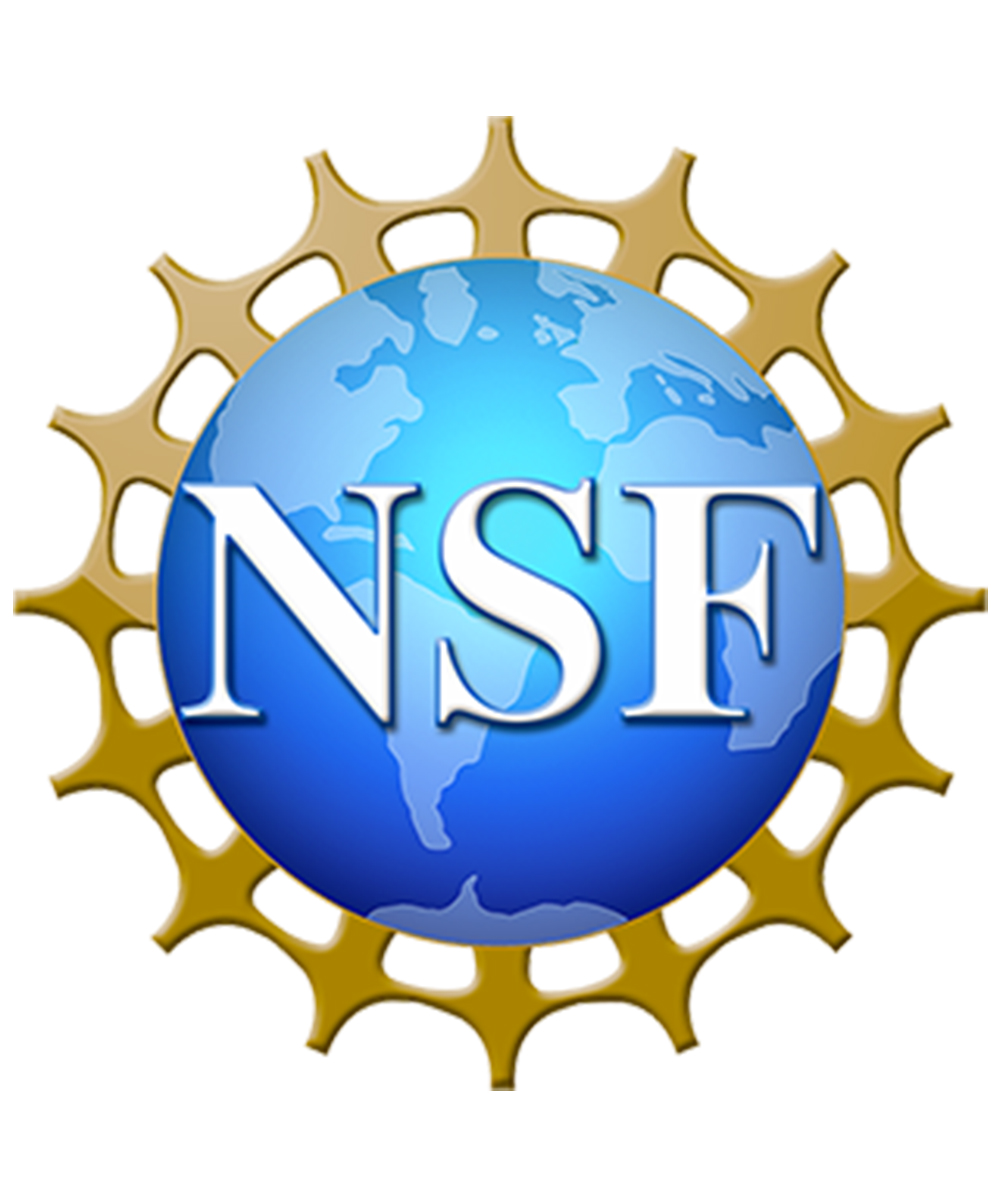NSF Grant Funds Pollution Research in Paris
August 14, 2018
If chemistry professor Lelia Hawkins has her head in the clouds, it’s on purpose. Her research seeks to understand how air pollution affects climate and anthropogenic climate change. One method of studying this is via simulation of brown carbon compounds in an atmospheric cloud chamber.
Since 2015, Hawkins has been using discretionary funds to take students to perform research at the Multiphase Atmospheric Experimental Simulation Chamber (CESAM), located in Créteil, France, a suburb of Paris.
“My former students who traveled to Paris worked really hard and were completely dedicated to the project,” Hawkins says. “It’s because of their hard work and talent that my collaborators were interested in pursuing more work together.”
Hawkins believes she also has her former students to thank for a recent grant from the National Science Foundation (NSF), which will support her project “Collaborative Research: RUI: IRES—Track I: Brown Carbon Aerosol Formation by Photooxidation of Phenolic Compounds in Nanodroplets.”
“It is because of their excellent research accomplishments that NSF was willing to fund this work for three years,” she says.
“The goals of the project are to better characterize reactions of common atmospheric compounds in cloud water, particularly pollutants that have the potential to create brown products,” Hawkins says. Brown products are light-absorbing, organic aerosol particles that have important negative effects on both climate and on human health.
The CESAM chamber facility is unique in that it can generate photochemical “smog” and multiple cloud events in the same experiment, and is thus essential to conducting the research under realistic conditions. “We know that the color of air pollution has a great impact on regional and global temperatures,” Hawkins says, “and recent work has shown that some pollutants can change their color (and therefore their importance in the climate system) during reactions in cloud water. So, we’ll be using a chamber designed specifically to mimic the process of cloud formation and evaporation.”
The three-year grant will allow two Harvey Mudd College students per year to live and work in Paris for a month. Research will be conducted in English, Hawkins says, “though I will work with my students to learn enough French to get around and enjoy the city of Paris.”
